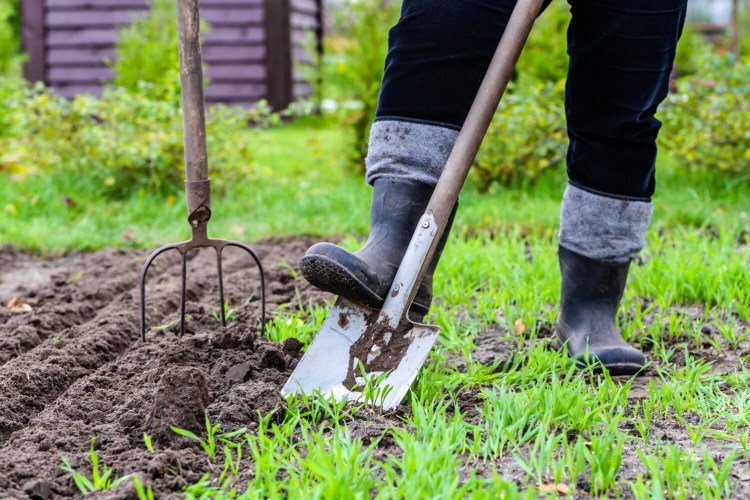Here’s my prediction: People are going to do a lot more gardening this year. The pandemic has canceled all our normal, organized, get-out-of-the-house entertainments. We’re having to entertain ourselves.
Last week, I offered some ideas for engaging children stuck at home because schools are closed. This week, I am addressing older readers. These include seniors – a group I’m in. But I hope this column is also useful for people in their 20s, 30s, 40s and 50s whose jobs keep them sitting in front of a screen for eight hours a day, not the best posture or fitness training for humans. For both groups, gardens can be our salvation right now.
Even people who are quarantined may go out into their own yards (at least according to guidelines so far). COVID19 will not spread to your neighbors while you work on your garden – but keep your distance! To keep things interesting, I suggest you plant something new.
But remember to start slow! Sudden activity is when the problems arise. Ellen S. Gibson of the Maine AgrAbility program told me that an ergonomist with the Maine Department of Transportation once told her that a huge spike in workplace injuries occurs every April. People have had sedentary jobs all winter, then suddenly turn to outdoor tasks. Their bodies aren’t ready.
The same is true for gardeners. Experienced gardeners have, I hope, learned from the pain of past years not to jump into the outdoor work. Those taking up gardening because the pandemic has given them extra free time by cancelling all their usual leisure-time activities should move into it gradually.
Before you begin gardening, try some gentle exercise. Walking is among the best options, said Gibson, whose AgrAbility program is designed to help farmers, foresters, fishers and even home gardeners do their jobs and other activities despite physical limitations. Try using walking sticks, she said, which increases cardiovascular activity. You can buy fancy walking sticks, but you don’t have to. Regular ski poles, if you have them, or even straight sticks cut from a tree will work as well.
In-training gardeners should stretch, Gibson said, both every day as part of a general fitness regime and to loosen their muscles before beginning garden work. If you know any yoga stretches, use them. If you don’t, find some online.
Once you begin gardening, don’t stick with any one task for longer than 45 minutes. If you have been raking leaves for 45 minutes, switch to watering your seedlings, pruning the blueberry bushes or another chore. Alternating this way lets you use different muscles for a while before you go back to raking, and you’re likely to feel better at the end of the day.
Also, remember that bending over is bad for your body. If you are working on potted plants, put them on a shelf so you are working at a level between your thighs and your chest.
Don’t carry anything more than you have to, Gibson added. Put tools, plants and fertilizer in a cart or wheelbarrow to move them to the spot where you will be working.
So much for Gibson’s advice. Now for some advice from me.
Think small. If you’ve gardened in past years, do what you’ve done before, adding just a few chores. If you’re new to gardening or are resuming the activity after a long break, start with a project that can be done in a few hours. You could add some perennials, or even vegetables, to a bare spot in your flower gardens.
If you need to remove part of your lawn to make a bed, do two or three square yards at most for the first project. Once you remove the sod, you must loosen the packed soil, add compost and maybe fertilizer. You then add small potted plants or seeds – whether vegetables or ornamentals. After all that, take a break. Not just 45 minutes, either. Probably a couple days.
If you need seeds or other supplies, call your local nursery, farm store or hardware store. Many are open, as of my writing this, and others are offering curbside pickup on telephone orders.
And remember, you can plant whatever you want. I doubt there will be a shortage of food in the markets when summer rolls around, so homegrown vegetables aren’t required. Flowers are fine, if that’s what you like. So are shrubs. You can mix all three. It’s your garden, after all.
The purpose of this project is to entertain yourself. If you aren’t having fun, try something else. Needlepoint, knitting or tying flies for fishing come to mind. If you are walking the roads near your house, bring a trash bag and pick up trash as you go. Bending over is a nice stretch, and your neighbors will thank you.
After a couple days, the garden might lure you again.
Tom Atwell is a freelance writer gardening in Cape Elizabeth. He can be contacted at: tomatwell@me.com.
Send questions/comments to the editors.


